How to prune honeysuckle correctly?
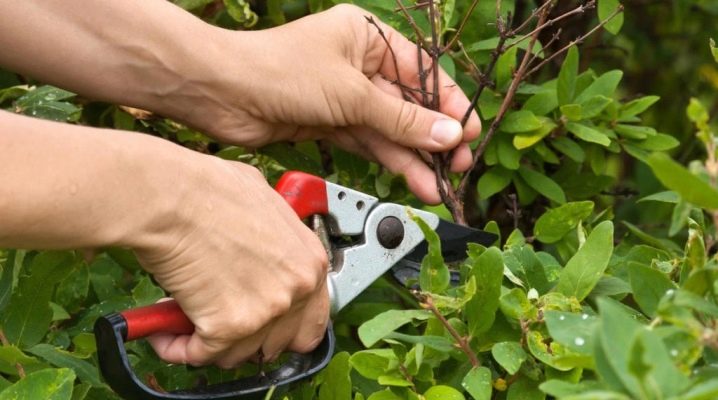
In order for honeysuckle to bloom and bear fruit well, it needs to be properly cared for. One of the main procedures that affects the appearance and yield of this plant is shoot pruning. Therefore, every gardener who wants to grow honeysuckle in his area must learn how to correctly remove all excess stems.
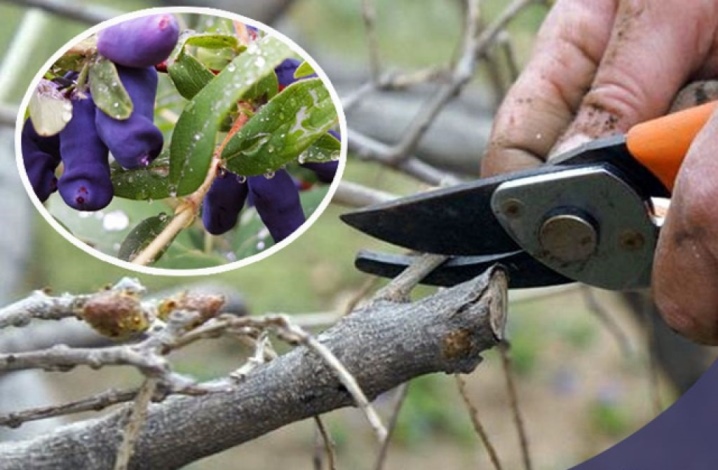
What is it for?
In both decorative and edible honeysuckle, shoots grow very quickly. Because of this, they are often confused with each other. In addition, young branches block the old ones from accessing the sun's rays. A plant with a thickened crown begins to dry out. Its shoots die off, flowers and fruits are formed on them much less. If honeysuckle is edible, its berries quickly lose their flavor.

Pruning honeysuckle correctly has several advantages.
- Stimulates the growth of new shoots. After pruning the bush, the plant puts all its energy into the development of new branches and green foliage.
- Increases the yield of the plant. This is true for edible honeysuckle. If it is not cut regularly, the fruits on it will not be very tasty and large. In addition, their number will decrease every year. Timely pruning, in turn, increases the number of ovaries on the shoots.
- Protects the bush from diseases and pests. It is in the overgrown bushes that a large number of unpleasant insects settle. In addition, their diseases also affect them much more often. By pruning the bush, the chance of infection can be easily reduced. In addition, it is worth noting that processing a properly pruned bush takes less time.
- Makes it stronger. Regular removal of diseased branches makes the shrub healthy. The plant also needs less feeding.
- Simplifies the harvesting process. Collecting berries from neatly trimmed and thinned honeysuckle is much easier than from an overgrown bush.
In addition, pruning regularly helps the plant to maintain its visual appeal. This is important for both ornamental and fruiting plants.
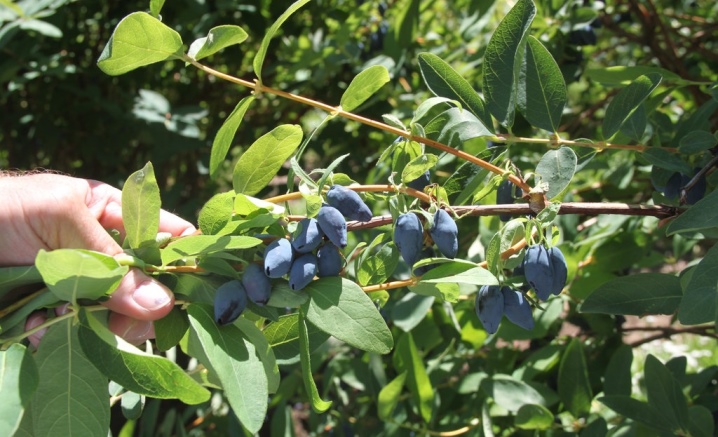
Timing
The timing of this procedure depends on the characteristics of the local climate. In places with cold winters, most procedures are postponed until the spring. In warm regions, plants can be actively pruned in the fall.
Spring
Honeysuckle wakes up very early. This happens immediately after the snow melts, when the air temperature rises to 5-10 degrees. Therefore, it is worth pruning the plant in early spring. In warm regions, this is done in March, and in cold regions - in the second half of April or early May.
It is very important to have time to cut the bush before buds begin to bloom on the shoots.
In the spring, gardeners carry out sanitary pruning of honeysuckle. This allows the bush to be tidier. In addition, a large number of young shoots and leaves appear on it.
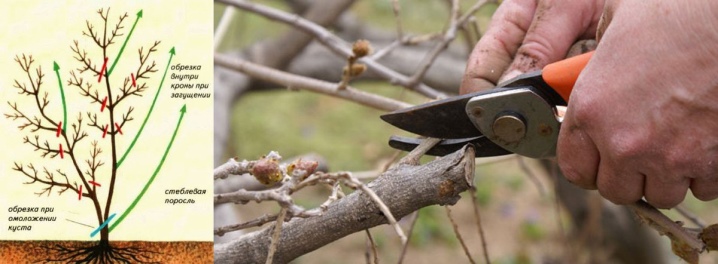
Autumn
In autumn, it is recommended to prune plants in late September or early October. It is worth getting to work after waiting for the foliage to completely fall off and the sap flow to stop.
At this time, a rejuvenating cut is performed. In addition, all shoots that were affected or weakened during the season are removed at the same time. Pruning these branches, as well as old shoots, helps the shrub to grow and bear fruit fully.
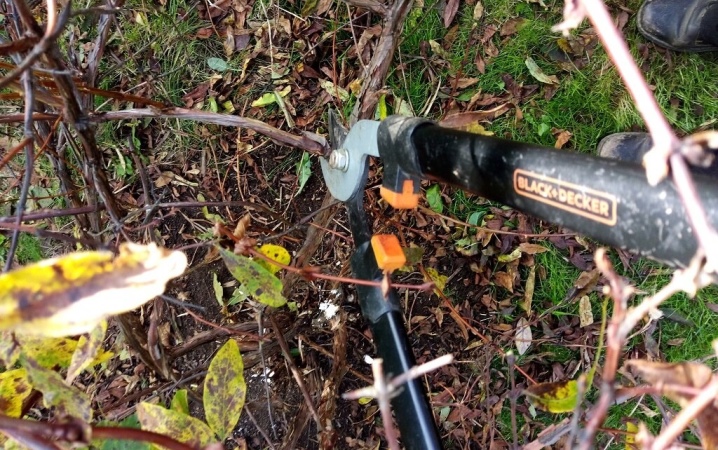
Pruning rules
There are several options for pruning honeysuckle bushes. Each of them has its own characteristics.
Sanitary
This pruning can be done not only in the fall or spring, but also in the summer. This procedure is carried out in the event that the plant begins to hurt or the branches are affected by pests. To save the bush, you need to carry out certain procedures.
- Remove all infected shoots, while capturing the healthy part of the branch.
- Treat the tree with chemical or folk remedies that are suitable for dealing with a specific disease or pest. It is necessary to spray not only the affected branches. Attention should be paid to the entire bush. In addition, it is important to process the soil next to the bushes with the remains of the solution.
- After that, all plant residues must be collected and burned. It is recommended to additionally dig up the soil near the tree trunk. This will help get rid of fungal spores and pest larvae.
If the bush is so affected that it is impossible to clear it of diseased branches, the gardener is advised to completely destroy it.
Spring sanitary pruning is the removal of frost-damaged or dead branches. This allows you to renew the shrub and give it the opportunity to develop and bear fruit normally.

Formative
Young plants need this pruning. It helps to give the shrubs the desired shape and make them healthier. Ornamental shrubs are pruned in this way in the first year after planting. After planting edible honeysuckle, you need to wait 3-4 years. Only after this time can formative pruning of the shrub be carried out.
The scheme of this process is as follows.
- First, you need to identify the 5-7 strongest skeletal branches. They are usually left intact.
- Next, you need to remove all the lower branches that touch the soil.
- After that, you need to get rid of the shoots directed into the bush. Such branches take up a large number of nutritious branches. At the same time, there is no benefit from them.
- Further, all thin and weakened shoots are cut out. Branches on which little young growth appears are certainly shortened. Cutting them is about a third.
- If you are pruning honeysuckle with edible fruits, it is very important not to touch the developed shoots that have appeared on the tree this year, because it is on them that the berries will appear next year.
When the formation of the bush is over, the sections must be treated with oil paint or garden varnish.

Rejuvenating
9-10 years after planting, the tree begins to age gradually. The tops of the shoots dry out. The shrub begins to die slowly. To prolong its life, the gardener should carry out anti-aging pruning at this time.
- Before autumn pruning, shoots must be carefully cleaned of dry foliage. To do this, it is enough to gently run your hand along the branches, moving from bottom to top. It is also recommended to clear the ground under the bush of fallen leaves and mulch.
- Next, the bush must be thinned out by removing the branches growing inside the bush.
- Old branches that have stopped growing should be cut as close to the base as possible. At the same time, it is worth removing all weakened shoots. They can be recognized by their gray-brown bark.
- After this treatment, the cuts can be sprinkled with wood ash. This will help disinfect them.
In some cases, this procedure is divided into two stages. Half of the shoots are removed in the first year. A year later, the rest of the branches are cut off. In this case, the plant experiences less stress.
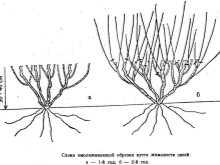
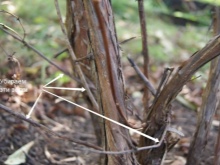
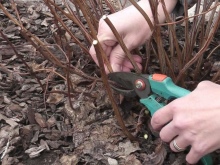
Pruning for rejuvenation after reaching a certain age is recommended to be done regularly. Typically, this is done about once every five years. It is especially important to carry out such pruning if the plant does not bloom or bears fruit poorly.
A neglected bush at the age of 15-20 years needs radical pruning. All branches are removed in the process. Plant height should be within 50 centimeters. If you properly care for a pruned plant, strong young shoots will appear on it next year.Such pruning can be done both in autumn and spring. In cold climates, it is best to postpone this procedure until April or May.
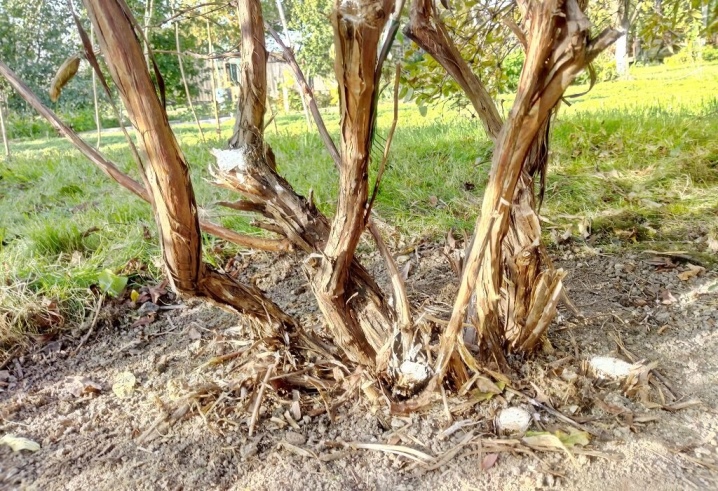
Gardening tips
Novice gardeners will benefit from simple advice from more experienced people.
- The procedure should always be carried out with a sharp pruner or a well-sharpened garden saw. In this case, the branches will not be damaged or broken off. Pruning should be done with caution, because the shoots of the bush are very fragile.
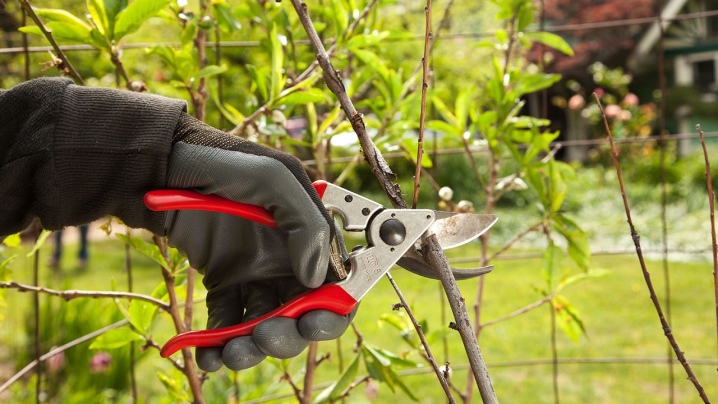
- Instruments must be sterilized before and after trimming. In this case, the risk of infection of the bush will be minimized. You need to wear gloves when pruning bushes.
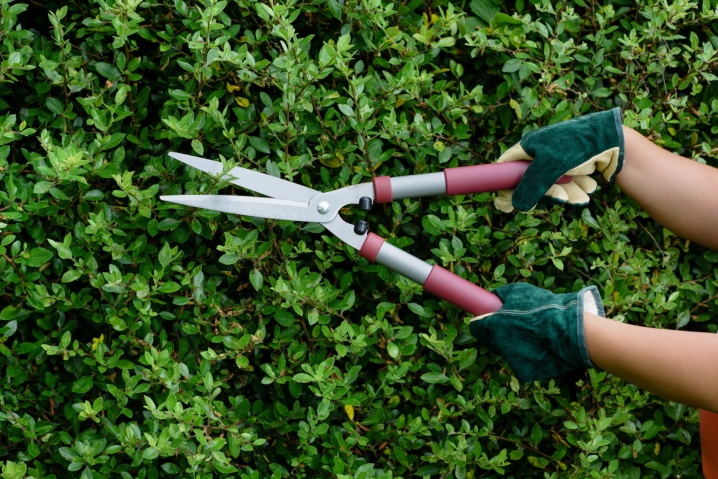
- When cutting branches completely, short stumps should be left. Their height can vary from five to thirty centimeters. It all depends on the characteristics of the selected variety. Strong young shoots will begin to grow from such stumps in a year or two.
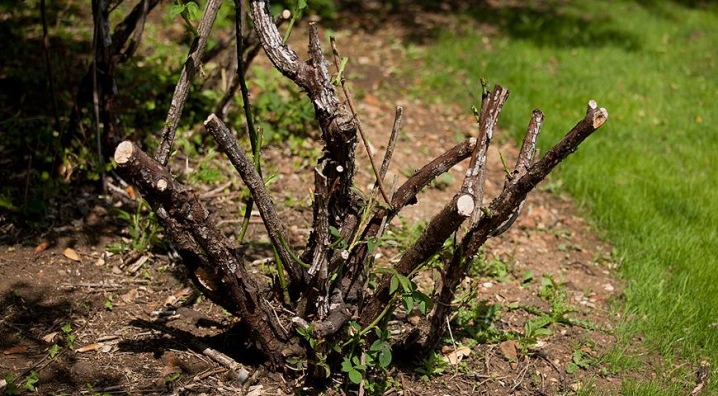
- Healthy plants should not be pruned too vigorously. Only branches that are too weak, old or diseased should be removed. Pruning too fanatical can even harm the plant. The only exception is rejuvenating pruning of old shrubs.
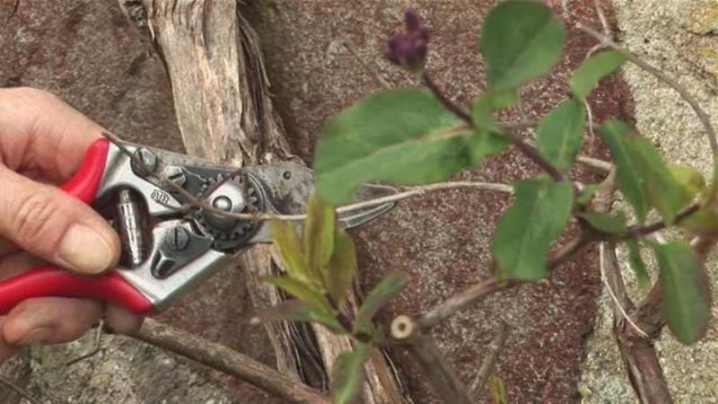
- After completing each procedure, the sections must be treated with garden varnish or other similar means. Another important point is regular watering. The bushes must be watered immediately after the end of the pruning. In the next few days after this procedure, attention is also paid to watering the bushes.

- Pruning is stressful for most shrubs. In order for the plant to recover faster, the bush should be fed. In the spring, nitrogen fertilizers should be applied to the soil. This can be bird droppings, humus, manure, or compost. Mineral fertilizers such as saltpeter or urea are also suitable for spring feeding. In autumn, plants are fed with potassium and phosphorus or complex fertilizers.
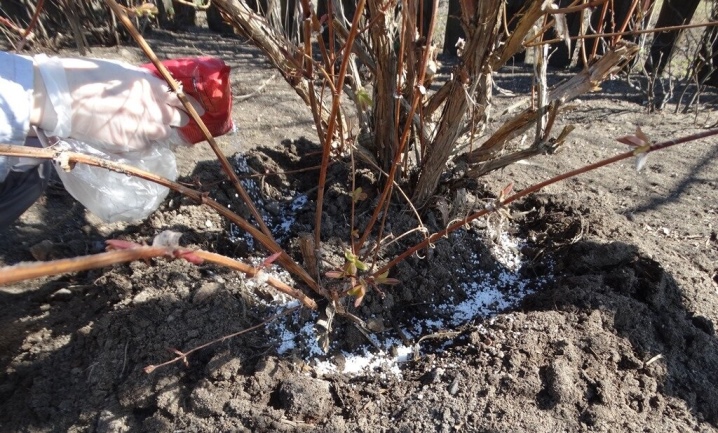
- To make honeysuckle easier to tolerate this procedure, it is also recommended to water it abundantly the night before. Pruning in this case is best done in the early morning.

- To protect plants from pests and diseases, the bushes after pruning can be treated with boiling water. This procedure will help to destroy all pests, as well as spores of fungal diseases. You can also use copper sulfate solution or proven fungicides instead. They are great at helping to protect plants from pests and diseases.
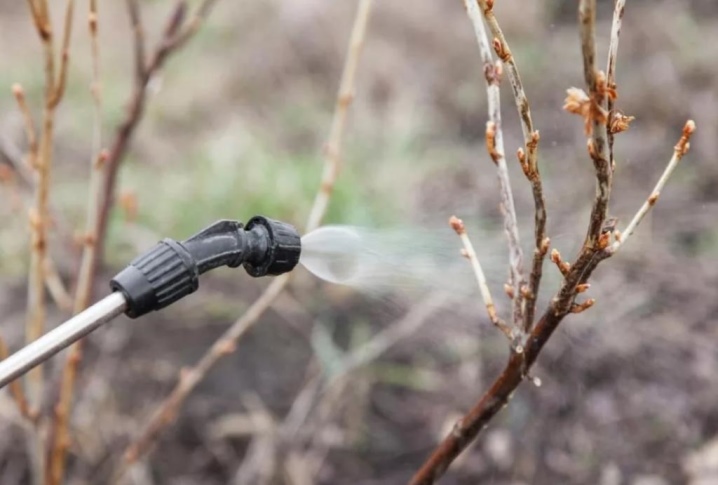
- In both spring and fall, you should not start pruning too early. Thus, you can greatly harm the plant. In the first case, there is a high probability that the bush injured by pruning will freeze. In the second case, the procedure can lead to the fact that the plant wakes up dormant buds. Because of this, young leaves or even flowers may appear on it. This will significantly weaken the plant. Therefore, it will be more difficult for him to survive the winter.
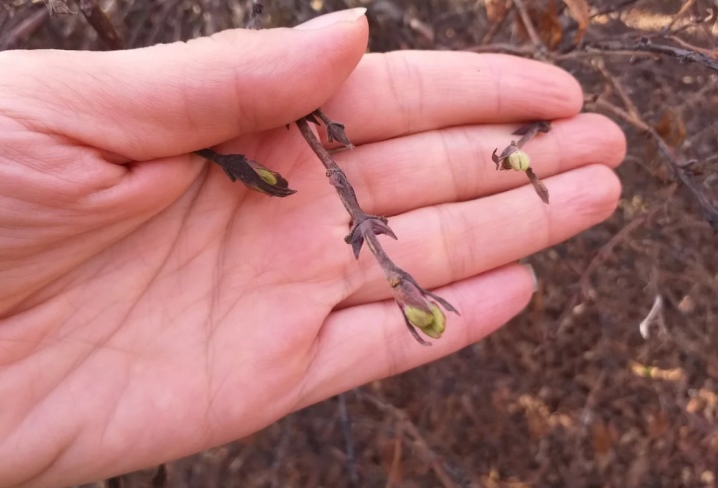
- After pruning in the fall, it is recommended to cover the honeysuckle for the winter. It is especially important to protect young plants or bushes from cold weather, which are poorly adapted to the cold. Plants in front of the shelter are removed from the fence, and then covered with dry sawdust or spruce branches.
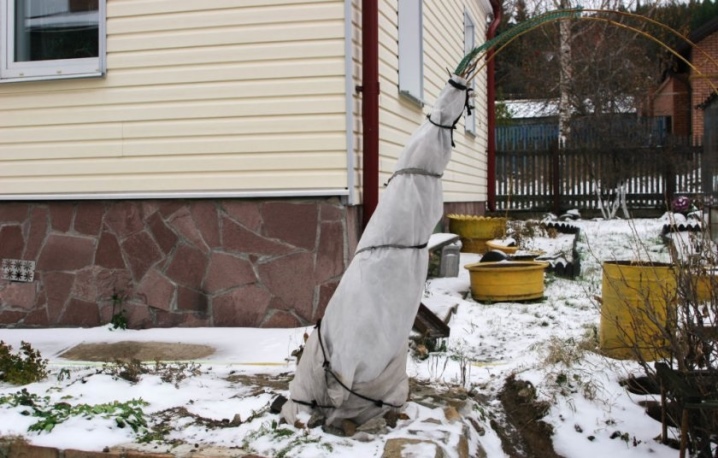
By following these simple tips, you can increase the yield of honeysuckle, as well as extend its life. With the right care, the plant can stay healthy and strong for several decades.






The comment was sent successfully.